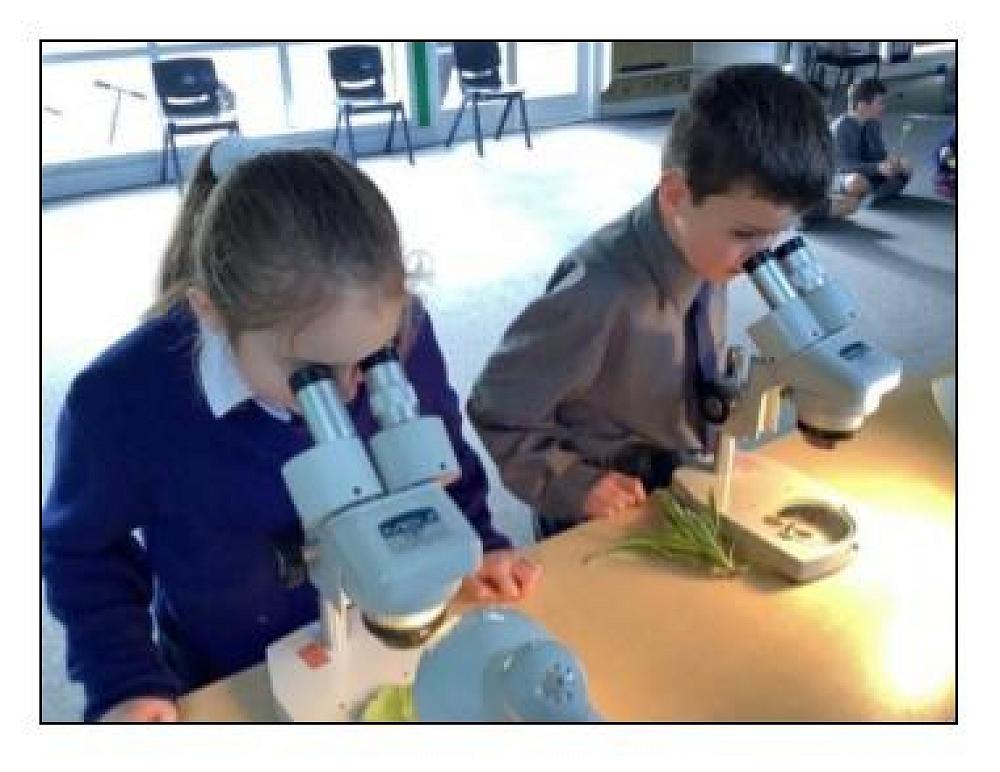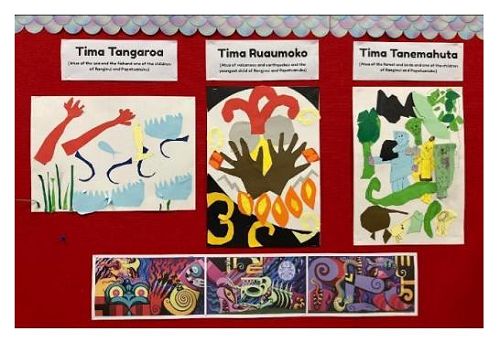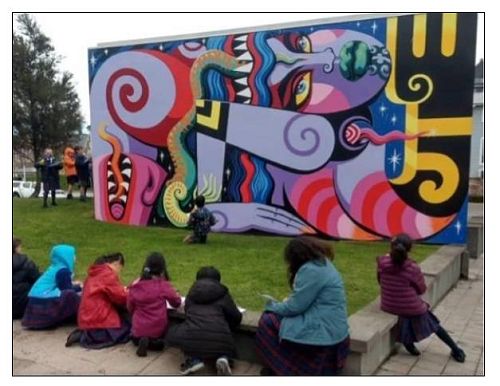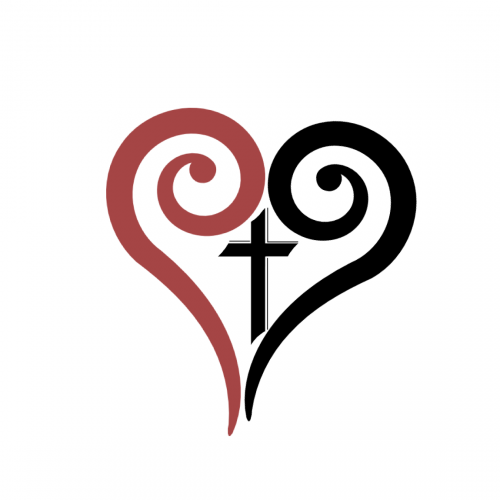
Ranginui rāua ko Papatῡānuku in Action
The integration of Science, Te Reo Maori, The Arts, Digital Literacy
This article is to acknowledge the taonga we have been gifted with and to show how our teaching and learning at OLV has been enriched. Having our local stories form an authentic and meaningful foundation for our school curriculum just makes sense and we are truly grateful for the dedicated team who inspired us!
Planning:
Term 2’s Science focus was the Mercy Value of Sustainability. Using the lens of our Ngai Tahu Creation story, we decided to divide our programme into three parts:
Caring for Papatῡānuku
Clothing Papatῡānuku
Clothing Ranginui- to link with Matariki.
We then turned to our ASL, Dr Debra Dawson for expert guidance to develop our Science concept (Earth’s resources are finite and need to be protected) and capability (interpreting representations), and used the ideas from He Kete Purakau No Kōnei to integrate other curriculum learning.
Our Programme:
Storytelling through Te Reo and The Arts, using the resource’s beautiful artwork, and the literacy activities, provided our launch. We danced, ‘puppeted’, freeze-framed, story-mapped, sequenced, retold and collaged our story. We explored and compared versions. Using key vocabulary/sentence structure from the story (p.9/10), one of our teachers recorded a pronunciation guide to help build teacher and tamariki skills.
Caring for Papatῡānuku
Tupu-ā-nuku encourages us to consider more carefully how we are treating and looking after Papatūānuku.
Reduce: Litter-less lunch boxes
Reuse: the children decided to make tin-can pencil-holders to gift
Recycle: we focused on paper, some classes made paper
Re-think: Eco Educator, Lesley Ottey came to share her expertise and practical ideas
We unpacked a variety of visual representations of these concepts and then created our own digital version to share the message of reducing packaging in our lunches.
Clothing Papatῡānuku
Tāne ascended into the heavens and asked his brother Rehua for the clothes of Papatūānuku, seeds.
He planted all the beautiful trees and flowers on his mother to cover her.
Plant Life Cycle/Parts of a Plant:
Seeds were planted and observed through sketches and digital logs.
We investigated the structure of a seed and parts of a plant (te reo). Digital representations were created utilising basic elements of correct scientific labelling.
We explored different types of seeds and classified seeds.
We discovered what seeds need to germinate (WOW: water, oxygen, warmth).
Connected 1 1999 ‘Seeds’ is a helpful resource for Interpreting Representations to help students compare and contrast different photographs, use clear descriptive language and to suggest the author's purpose for selecting a particular photograph.
The highlight was the arrival of Dr Dawson with microscopes from Villa Maria College. She managed to enable 105 juniors to experience the delights of scientific observation! They are still talking about their experience!
Clothing Ranginui
Tāne went to Wehinuiamamao and fetched the stars. He cast them over his father as a giant kākahu (cloak).
Constellations- Matariki, Māhutonga (Southern Cross), The Pot
During the week of Matariki we immersed ourselves in all the wonderful literacy and art resources available.
Navigation: our first explorers used whetu to guide their way/the cardinal compass points- Raki, Tonga, Uru, Rawhiti.
Again, we created visual representations to build our Science capability.
Field Trip:
This provided a wonderful conclusion to our learning!
Turanga: The educators helped us to notice the significance of the cultural narration within the building: the ‘Kākano Puananī’ creation story panels, Tāwhaki, the tukutuku, the colours and manu to represent the rising levels, the rocks.
Art Gallery:-Te Puna o Waiwhetῡ: We learned about Ngai Tahu artist Xoë Hall's mural celebrating atua wāhine and then created a collaborative collage of a Māori atua.
On the walk between we noticed the entrance to Te Pae, ‘Ngā Whāriki Manaaki’ the woven mats and the pou at CCC.
Trish Noble
See more photos of the student's amazing work on the attached pdf.
Gallery


